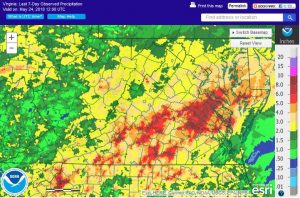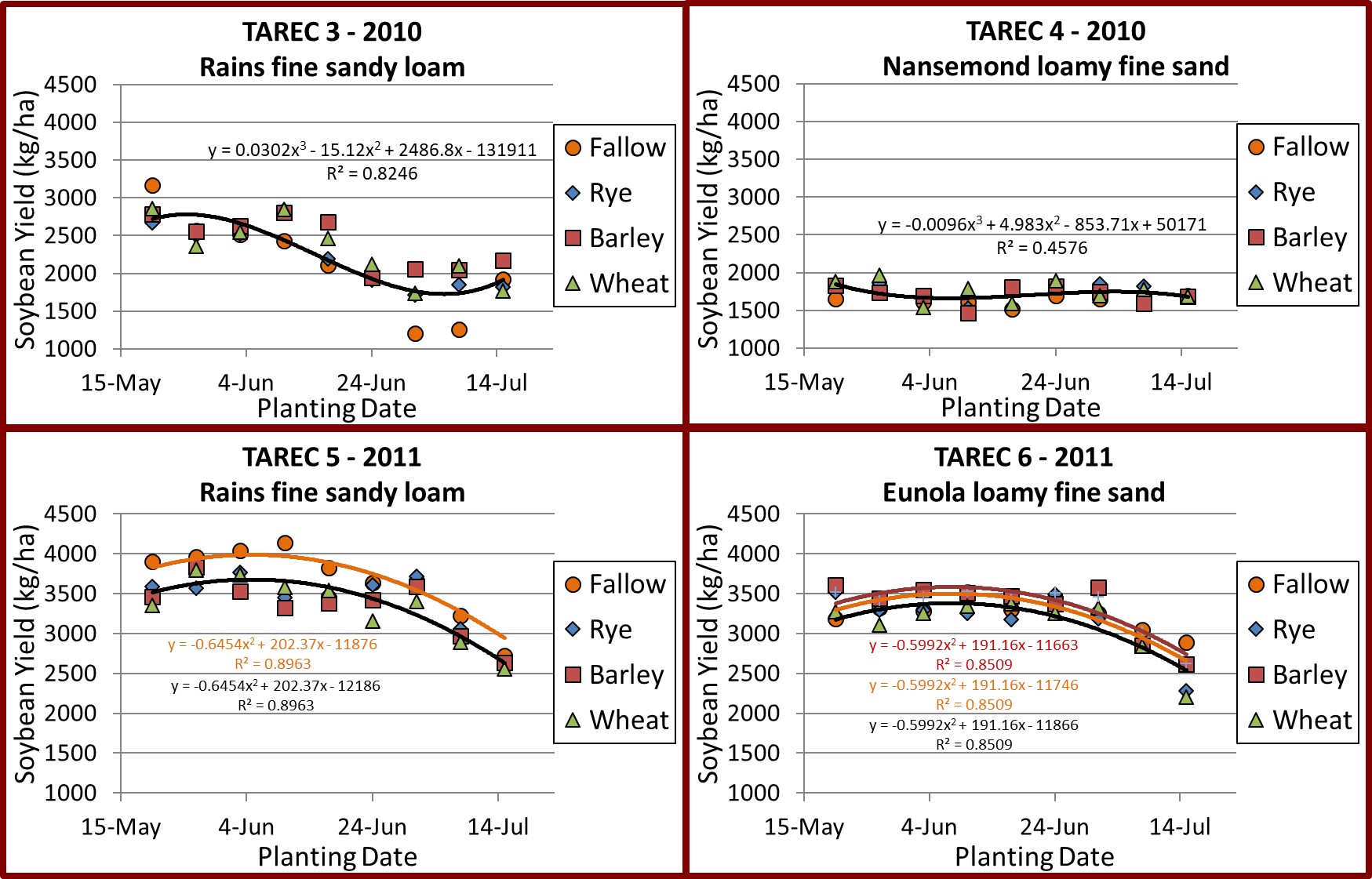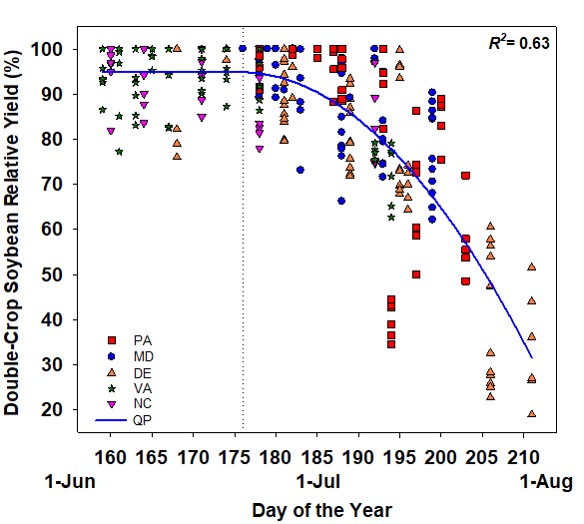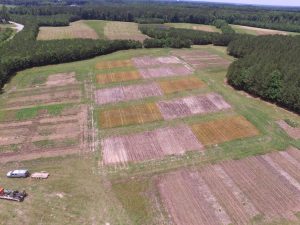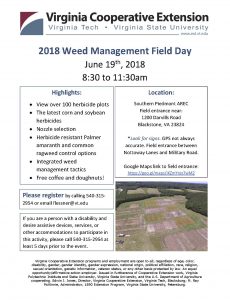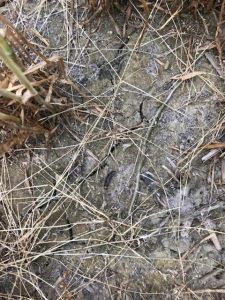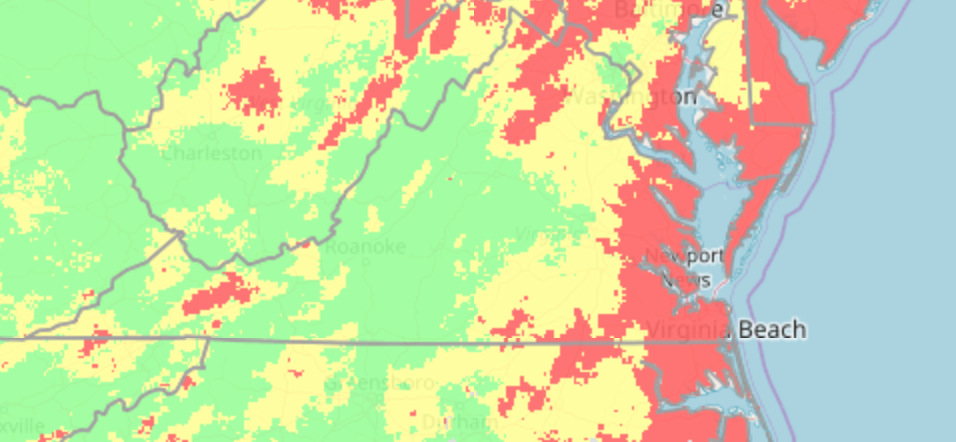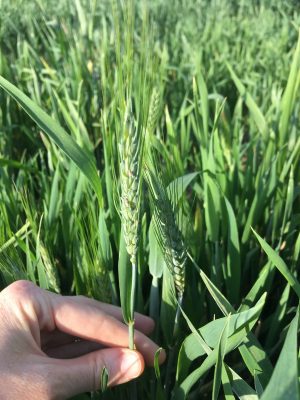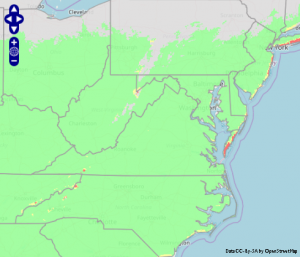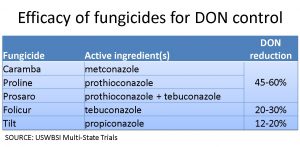Though it has been around for several years, the Crop Protection Network (CPN) has recently added several publications on disease management in corn, soybean, and small grains that are relevant to growers, crop consultants, and extension personnel in Virginia and the surrounding region. These can be accessed at the CPN website cropprotectionnetwork.org. As stated on the website:
“The Crop Protection Network (CPN) is a multi-state and international partnership of university and provincial Extension specialists, and public and private professionals that provides unbiased, research-based information. Our goal is to communicate relevant information to farmers and agricultural personnel to help with decisions related to protecting field crops.”
Extension specialists throughout the country (including myself) contribute to the publications and other resources posted on the website. An example of a recent publication on optimizing fungicide use for control of Fusarium head blight can be downloaded below. The CPN library includes over 30 publications on crop management, and additional publications are in development.



